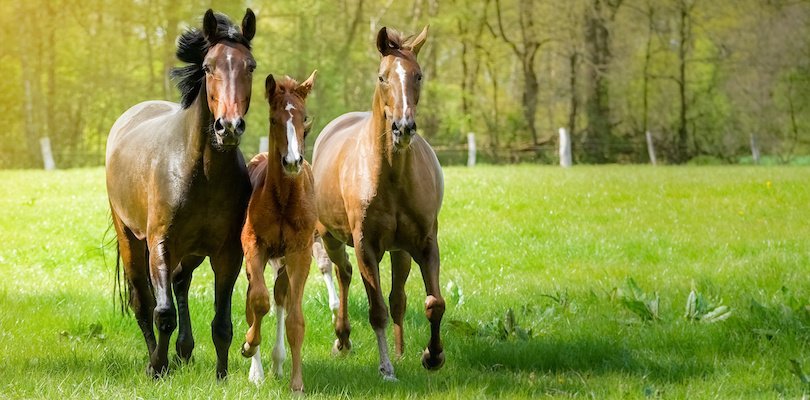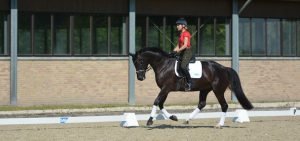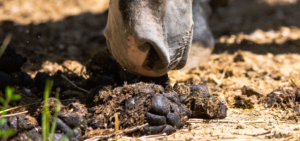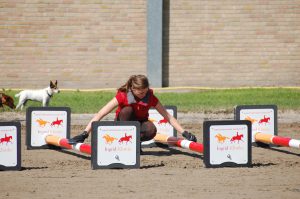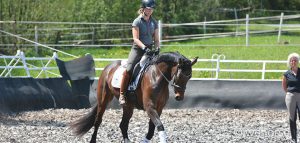“In riding a horse, we borrow freedom.” ~Helen Thompson
Movement. If there was but a singular reason man was first drawn to the horse, it would be because of his movement. When man first saw the horse, he saw opportunity.
The horse has helped man fight in battle. He has allowed man to travel vast distances. He has plowed our fields and raised our young, and in all this, he has shared with us his uncanny precision of grace, of movement. So, how do horses move? And what is it about their movement that has been of such great influence on man?
Summary
- How do Horses Move & What are the Horse Gaits?
- Staying Centered: Horse Gaits & Center of Gravity
- A Balancing Act: Natural Movement, Impulsion, and Relaxation?
- Natural versus Artificial Horse Gaits
- The Role and Purpose of Horse Gaits
- What are the Four Gaits?
- What if your Horse has Weak Gaits?
- The Joy of Movement
How do Horses Move & What are the Horse Gaits?
From a technical standpoint, horse gaits refer to the locomotion achieved through the movement of an animal’s legs. For horse gaits, specifically, this would be a quadrupedal forward propulsion of the center of gravity. For our purposes, perhaps it is easier to think of the phrase horse gaits meaning the manner in which a horse is moving. However, one key phrase mentioned within our technical definition mentions the role of one’s center of gravity. This idea is essential in understanding why horses move the way that they do.
Staying Centered: Horse Gaits & Center of Gravity
What do you think of when you hear the phrase, “Center of gravity”? Hopefully, many of you immediately thought of the concept of balance. Balance is what allows any person, animal, or object to remain upright while in motion. As humans, or bipedal two-legged mammals, this is relatively easy. Essentially, regardless of the speed at which we move, we need to merely alternate our legs to maintain our balance as well as our center of gravity. When examining horse gaits, however, this balancing act involves a bit more sophistication.
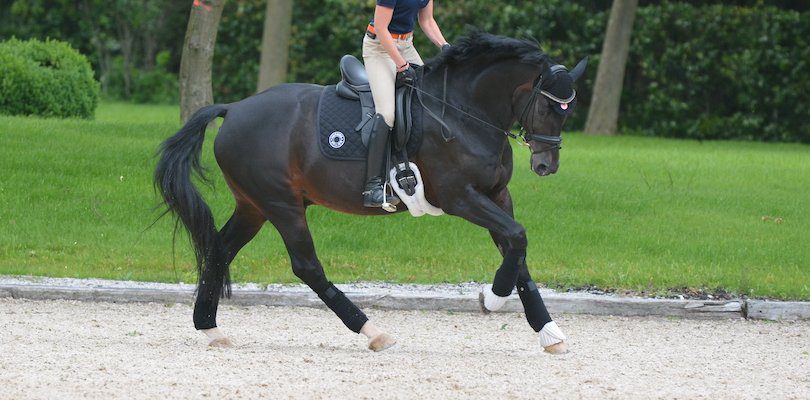
A Balancing Act: Natural Movement, Impulsion, and Relaxation?
A horse’s weight is naturally distributed over his haunches and forehand, with more weight being placed on the forehand due to a horse’s large neck and head. The different horse gaits all illustrate the ways in which horses must utilize their bodies to travel at various speeds while maintaining their balance and adjusting for their center of gravity
For trainers, this job requires that they consider horse gaits from a more biological, physiological, and scientific perspective. For example, some horse gaits will see a given prospect pulling with his forelegs, almost dragging his hind end behind him.
As advocates and as trainers, our job then is to teach the horse to rebalance himself by driving up and out with his haunches while maintaining balance and relaxation. Conceptually speaking, this basic means of balance and drive serves as an underlying, fundamental principle of dressage.
Natural versus Artificial Horse Gaits
There are two different categories of horse gaits: natural gaits and artificial gaits. Natural horse gaits are those that a horse is essentially preprogrammed with. One would see horses engaging in these types of movement regardless of whether or not they have been domesticated.
Artificial horse gaits, however, are movements that horses are specifically trained to perform by people; horse gaits that one would be highly unlikely to see ever performed in a natural setting. Certain breeds lend themselves more naturally to these various, specialized types of horse gaits; breeds like the Paso Fino, for example, or the Tennessee Walking Horse.
The Role and Purpose of Horse Gaits
Being quadrupedal, or four-legged creatures, there are four very distinct types of horse gaits. Some individuals have begun referring to there being five different horse gaits, and in that they are referring to backing, but for our purposes we will be focusing on forward moving motion. Each one of these gaits serves its purpose by offering a different type of movement, speed, purpose, and rhythm.
What are the Four Gaits?
The four gaits are as follows:
- The walk
- The trot, or the jog as it is referred to in the western disciplines
- The canter or the lope in the western world
- The gallop
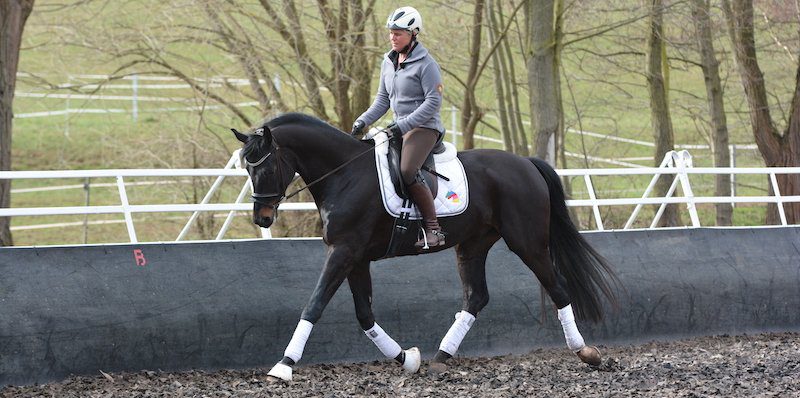
The Walk
The walk is the slowest of these four gaits and is a four-beat gait averaging approximately 7 km. or 4 mph. Numerically speaking, the gait would be diagrammed: 1-2-3-4 1-2-3-4.
The Trot
The trot can be seen in varying speeds, types of collection, and form, but by definition, to be a trot, a horse must be exhibiting a two-beat gait where the diagonals move simultaneously. Numerically, the rhythm would be diagrammed: 1-2 1-2 1-2 1-2 1-2.
The Canter
The canter, or lope, is a gait that can be exhibited at the widest range of speeds, but generally speaking, it is a smooth gait that has a three-beat rhythm, like so: 1-2-3 1-2-3 1-2-3 1-2-3.
Note that there are two different leads at the canter. This relates to his overall balance and center of gravity. For example, a man racing around a track will lean inwards towards the track to follow the curvature of the trajectory of course that he is following. The same is true of any animal, including the horse.
At the canter, horses tend to select the lead that allows them to maintain their center of gravity with the least effort on their own. They will tend to naturally switch leads if changing their trajectory or direction of travel.
However, this is not always the case. Especially while being ridden. It is important to ensure your horse maintains the correct lead so that his body needn’t absorb as much stress and strain, and also to aid in his overall balance.
The Gallop
The fourth and final gait is the gallop. This is the fastest of the gaits, with horses moving an average of approximately 30 mph. Speed depends upon the breed and physical condition of the animal. Some quarter horses, for example, have been documented as surpassing 55mph. A four-beat gait, the gallop is diagrammed as follows: 1-2-3-4 1-2-3-4 1-2-3-4.
What if your Horse has Weak Gaits?
Like, really, anything in life, a horse’s gaits can always be improved. With time and patience and dedication, horses can learn to rebalance their bodies and utilize their hindquarters more effectively to maintain their cadence and impulsion.
Exercises like lateral bending, patterned exercises that require size and speed variation, as well as changes in direction, cavaletti training, and even exercises on that line that simply allow the horse the time to teach himself how to drive effectively without additional added pressure and stress all work to support the development of his gait.
Further, these types of activities will positively impact the animal’s flexibility, general conditioning, and range of motion. Not to mention the impact it will have on their ability to transition both in and out of the ring.
The Joy of Movement
Many individuals have described the feeling of riding a horse in a full gallop as being similar flying, or like that of weightlessness, but regardless of the description each person offers, one thing is true, and that is that riding brings them joy. And this is as equally true of our companions. It is in movement that they exhibit the greatest joy, it is through the use of these gaits that they are free.

